'Fractals are everywhere, even within the human body: our nervous system, blood vessels and the structure of our brain and lungs'
What do spiders’ webs, snowflakes and snail shells have in common? They all contain fractals: Nature’s exquisite, endlessly repeating mathematical pattern.
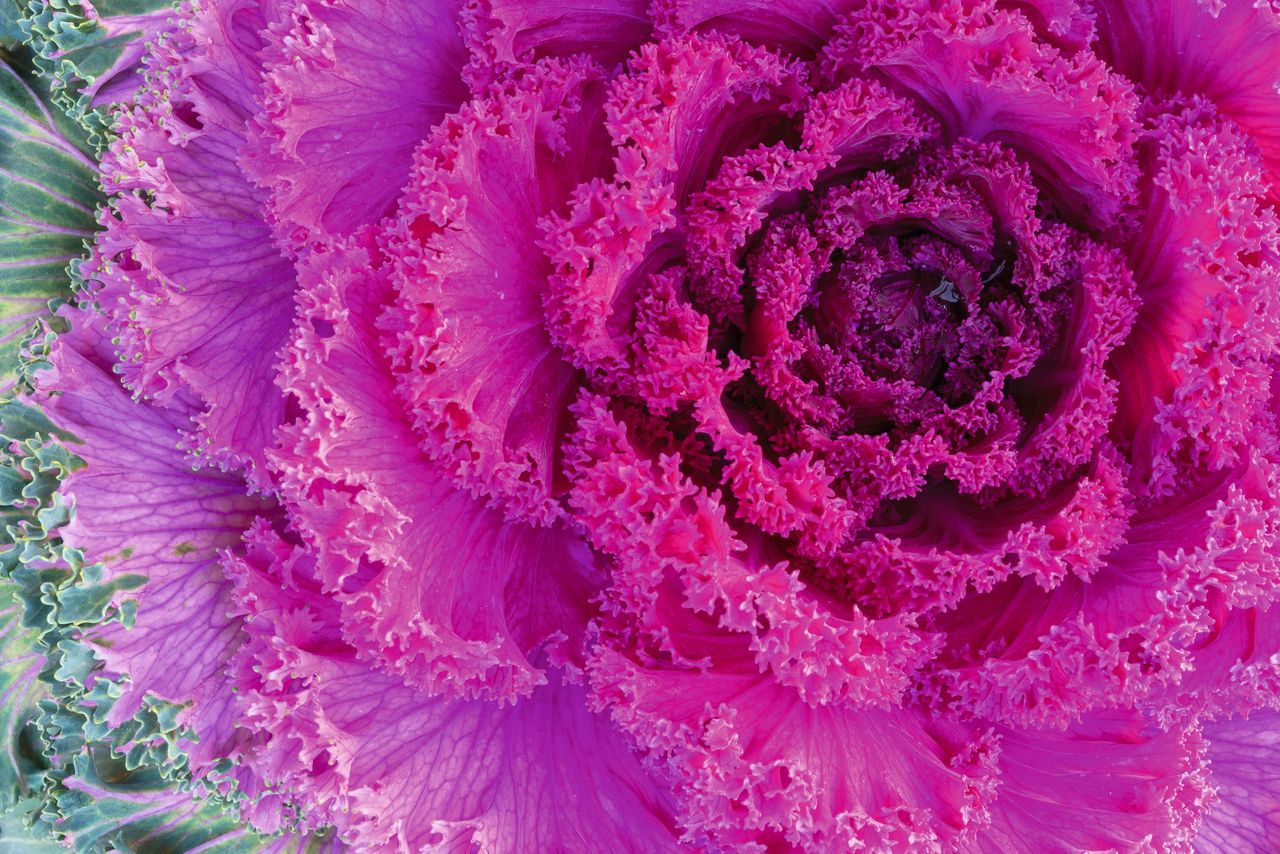
A fractal, according to Franco-Polish mathematician Benoît Mandelbrot, is ‘a way of seeing infinity’. Simply put, it is a pattern that appears to self-replicate indefinitely, constantly reproducing an imitation of the previous shape. The term dates back to 1975, when Mandelbrot — to whom it is credited — applied the mathematics of theoretical fractional dimensions to the geometric patterning found in the natural world. Fractals are everywhere, even within the human body: our nervous system, blood vessels and the structure of our brain and lungs are all examples.
The archetypal fractal takes a form that is a blueprint for the smaller elements within it. The trunk and boughs of a tree, for example, echo the forked forms within the tree as the branches split into twigs, which, in turn, throw off shiny new shoots. The flat-planed geometry that we often use to describe forms is inadequate when it comes to conceptualising them: ‘Clouds are not spheres, mountains are not cones, coastlines are not circles and bark is not smooth,’ Mandelbrot asserted.
Fractals are all around us throughout the year, but, as the cold starts to bite, they become that much more obvious. Acorns in lacy caps litter the ground, pine cones are stuffed in children’s pockets and the most flamboyant edible fractal, Romanesco broccoli, is ready to be harvested as autumn arrives. With the first frosts come intricate ice fractals, impossibly delicate and robustly infinite in equal measure.
Sometimes, it’s only when we take an aerial view that fractals make themselves known. The saltmarshes of Cornwall’s Camel estuary, for example, feature twisting rivulets of water that branch off themselves time and time again, clawing their way through this lush marine conservation zone. At ground level, the overarching effect of these is imperceptible — seen from the air, however, the landscape’s full fractal glory becomes immediately and gloriously clear. Meanwhile, looking across the country to East Anglia, the tide etches interminable markings like a tiger’s stripes into the mudflats of the north Norfolk coast.
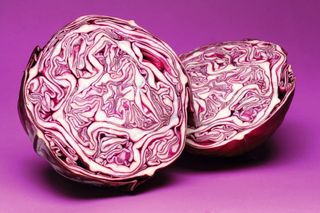
Occasionally, the reverse is true and it’s when we turn our gaze upwards that the fractals reveal themselves. Contemplating cauliflower-like cumulonimbus and cumulus cloud formations is a peaceful pastime, whereas forked lightning provides one of the planet’s most dramatic visual displays of a fractal in action. Below ground, another huge network of fractals is at work in the form of root systems, water channels and plant runners, all of which combine to create a hidden web that helps sustain the teeming life above.
The stuff of art, then (of which more later) — but also of science. ‘The perfect fractal is self repeating to infinity, mathematically,’ clarifies Chris Whitewoods, a plant developmental biologist and the research group leader at the Sainsbury Laboratory in Cambridge. However, it’s a little more complex than that when the mathematics is applied to Nature. Most plants make this self-iterative, repeating structure, he goes on to explain, but each iteration will differ slightly from the one before: ‘No plant will make a perfect fractal.’
What actually causes natural forms to grow in this way? Ultimately, Dr Whitewoods explains, it’s ‘to do with the fact that they can’t move’. ‘They are literally rooted to the spot, which causes a lot of problems. If we were about to get eaten, we would run away, but plants can’t do that — so they move towards something they like or want, or move away from something that’s not good for them, through development and growth. One way they do this is by growing from meristems — little groups of stem cells at their tips — which creates repeated patterns.’
Sign up for the Country Life Newsletter
Exquisite houses, the beauty of Nature, and how to get the most from your life, straight to your inbox.
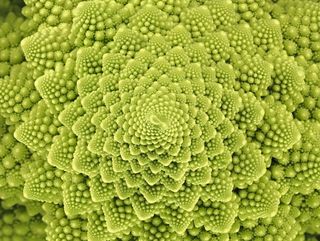
Think of a spiral-shaped succulent, such as an Aloe polyphylla or the pretty fronds of the common fern. Their fractal look, scientifically speaking, is ‘a snapshot of development: you’ve got leaves at all these different stages, all constantly being made and all constantly growing’. It’s clever in more ways than one. ‘The spiral pattern spaces out the leaves nicely, so that you’re not getting overlap, which means each leaf can get more sunlight,’ notes Dr Whitewoods. Hormones can also play a role, releasing a signal that inhibits growth. ‘Plants are actively controlling the pattern of their branching.’
What makes fractals so appealing to our eyes? Patterns aren’t only useful to growing organisms — on a neuroscientific level, they are helpful and even therapeutic to behold, says Pembrokeshire-based clinical psychologist and ecotherapist Suzi Tarrant. ‘Being able to create patterns from the sensory data we receive in our brains is essential for our survival; otherwise, we would be overwhelmed by the complexity of what we’re experiencing moment by moment,’ she observes. ‘So seeking out patterns helps us make sense of the world around us.’ In a frequently chaotic and unstable-seeming milieu, patterns offer us, on a subliminal level, ‘a sense of predictability, regularity and logic’, which, in turn, creates reassuring feelings of safety.
Fractal forms, in particular, have been found by scientists to generate positive emotions in humans. ‘Looking at fractals can increase our production of alpha waves in the brain, which are associated with a calmer and more relaxed state,’ Ms Tarrant attests, stating that they can also help to regulate our levels of cortisol, a stress hormone. Ongoing research at the University of Oregon in the US supports this. One study detected a 60% improvement rate in recovery from stress among participants exposed to fractal images, whereas non-fractal images actually increased their level of stress. In 2016, one of the leaders of the study observed that ‘as society increasingly surrounds itself with urban landscapes, people risk disconnecting from this natural stress-reducer’. Seeking out fractals can help to offset this. ‘They evoke a sense of beauty and wonder and awe,’ Ms Tarrant agrees. ‘They act as a bridge between us and the rest of Nature.’
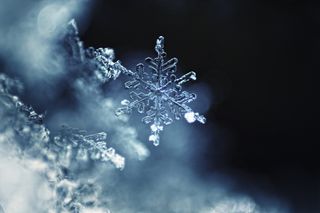
With this in mind, it makes perfect sense that many of the most enduringly popular art-works riff on fractals, knowingly or otherwise. The swirling sky, stars and sun of Vincent van Gogh’s The Starry Night (1889), for example, have a fractal quality, as does the cypress tree in the foreground, its flame-like branches mirroring its overall form. The Dutch painter also saw this infinite patterning in the sea and would return to paint it on numerous occasions. In a letter to his brother, Theo, in 1877, he describes the ocean as ‘an image of eternity’ that sets its ‘ever-moving stability against the forces of time’.
Fifty years earlier, Katsushika Hokusai’s woodblock print The Great Wave off Kanagawa (1831) was already foaming up in spiky fractals. The artist spoke of his determination to learn ‘the pattern of Nature’ and to ‘cut my way deeply into the mystery of life’. A century on, M. C. Escher’s spiralling, tessellating forms, such as his woodcut of swimming fish, Path of Life I (1958), testify to his mission to express eternity in art. ‘I am interested in patterns with “motifs” getting smaller and smaller till they reach the limit of infinite smallness,’ he wrote in 1958. Even the seemingly haphazard ‘poured’ works of Jackson Pollock, with their frenetic splashes of paint, have been revealed to be fractals, perhaps explaining their wide appeal.
Returning to the present day, Ms Tarrant’s own interest in Nature’s extraordinary fractals recently saw her make a trip to her local delicatessen in the hope of sourcing a Romanesco broccoli. Although the mission was completed, the planned outcome was not. ‘I couldn’t eat it because it looked so beautiful,’ she admits. ‘I was so captivated by what it looked like.’
Deborah Nicholls-Lee is a writer and journalist whose work has been published by the BBC, The Guardian, Sussex Life and The Times, as well as Country Life.
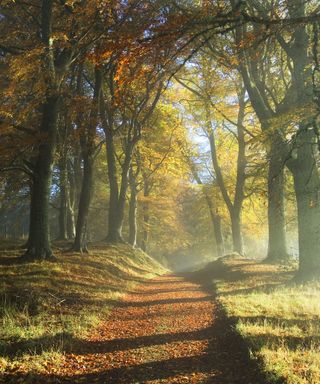
The science behind how Nature can heal us, and how it's easier than you think, with Professor Miles Richardson
Professor Miles Richardson joins James Fisher on the Country Life Podcast.

Credit: Getty
Jonathan Self: November used to be a month of bleak fields and naked trees; this year we had summer flowers in bloom and ate lunch on the terrace
Jonathan Self discovers a name for his sense of unease caused by life being out of balance.
-
 Chilstone
ChilstoneChilstone have been makers of fine cast stone garden ornaments and architectural stone since 1953.
By Country Life Published
-
 Guild Anderson
Guild AndersonGuild Anderson’s work in country houses and historic buildings centres around the design and reimagining of domestic working spaces, chiefly kitchens, sculleries, boot rooms and pantries.
By Country Life Published